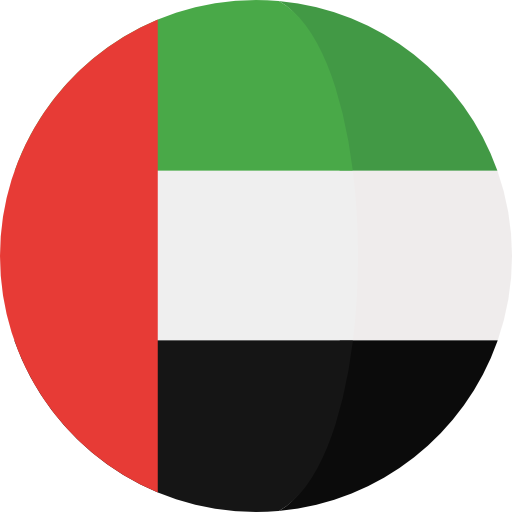Comparative Analysis of Different Sports Surface Materials: Choosing the Right Surface for Saudi Arabian Facilities

Selecting the appropriate surface material is critical for optimizing performance, safety, and longevity in sports facilities. In Saudi Arabia, where sports infrastructure is undergoing rapid development, understanding the strengths and weaknesses of different surface materials is essential for making informed decisions. This comparative analysis evaluates various sports surface materials and their suitability for Saudi Arabian facilities.
1. PU (Polyurethane) Flooring: Pros:
- Excellent shock absorption and energy return, ideal for indoor sports like basketball and volleyball.
- Durable and resilient, capable of withstanding heavy use and extreme temperatures.
- Customizable options for colors, logos, and surface textures. Cons:
- Higher initial cost compared to other materials.
- Requires professional installation and periodic maintenance to preserve performance.
2. Acrylic Surfaces: Pros:
- Versatile and suitable for multiple sports, including tennis, basketball, and netball.
- Durable and weather-resistant, maintaining performance in harsh environmental conditions.
- Fast installation times and customizable options for colors and line markings. Cons:
- Susceptible to fading and surface deterioration over time without proper maintenance.
- Harder surface may increase the risk of injuries for high-impact sports.
3. EPDM (Ethylene Propylene Diene Monomer) Surfaces: Pros:
- Superior shock absorption and safety features, ideal for playgrounds and recreational areas.
- Resilient and UV-resistant, maintaining color stability and durability in intense sunlight.
- Environmentally friendly and recyclable, aligning with sustainability goals. Cons:
- Limited suitability for high-impact sports due to softer surface texture.
- Requires proper installation and periodic maintenance to prevent surface degradation.
4. Artificial Turf: Pros:
- Low maintenance and water-saving, ideal for outdoor sports fields like football and rugby.
- Consistent playing surface with excellent traction and durability.
- Suitable for use in all weather conditions, minimizing disruptions to play. Cons:
- Initial investment and periodic infill replenishment may incur ongoing costs.
- Surface hardness may increase the risk of abrasions and friction injuries.
5. Natural Grass: Pros:
- Traditional and aesthetically pleasing surface for outdoor sports fields.
- Natural cooling properties and environmental benefits.
- Provides excellent playing characteristics for certain sports, such as cricket and golf. Cons:
- High maintenance requirements, including watering, mowing, and fertilization.
- Susceptible to weather-related damage, pests, and diseases, requiring ongoing care and attention.
Conclusion: Each sports surface material offers unique advantages and considerations, depending on the specific requirements of the facility and the sports activities it hosts. PU flooring excels in indoor environments with its shock absorption and customization options, while acrylic surfaces provide versatility for outdoor courts. EPDM surfaces prioritize safety and sustainability for playgrounds and recreational areas, while artificial turf offers low maintenance and consistent playing conditions for outdoor fields. Natural grass remains a classic choice for its aesthetic appeal and natural playing characteristics but requires extensive maintenance.
By conducting a comparative analysis of these surface materials, facility managers in Saudi Arabia can make informed decisions to select the most suitable option for their specific needs, ensuring optimal performance, safety, and longevity in sports facilities across the kingdom.
To explore high-quality sports surface materials for your facility in Saudi Arabia, visit PFS Gulf and PFS Sport.

